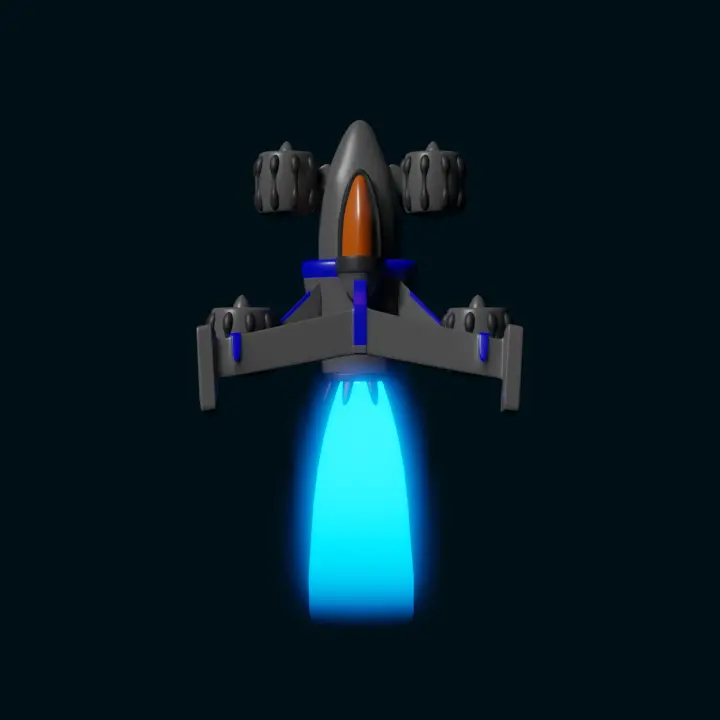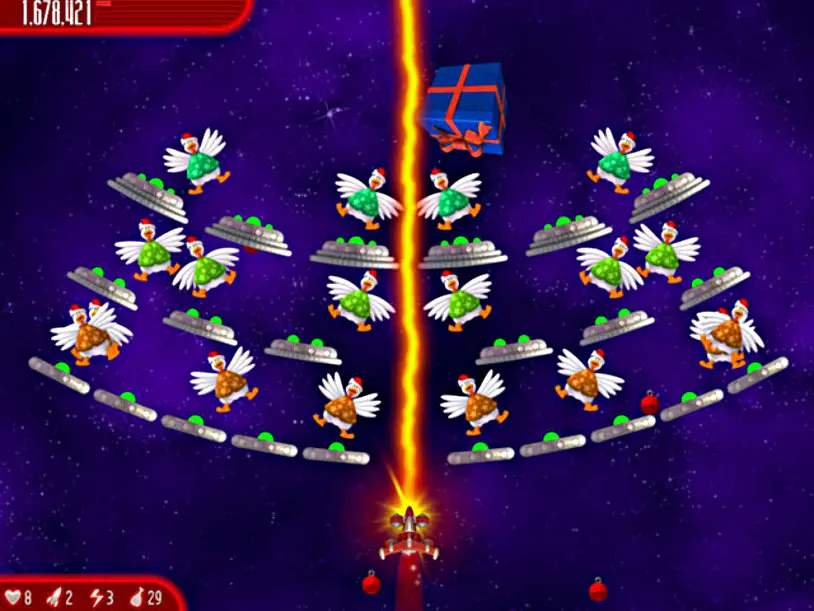Start Wide
Blanket routes across multiple lanes to ensure maximum early coverage, allowing you to adapt to unpredictable enemy spawns. This redundancy forgives early mistakes by giving you multiple safety nets, buying valuable time to analyze the wave flow and make more strategic mid-game adjustments.










